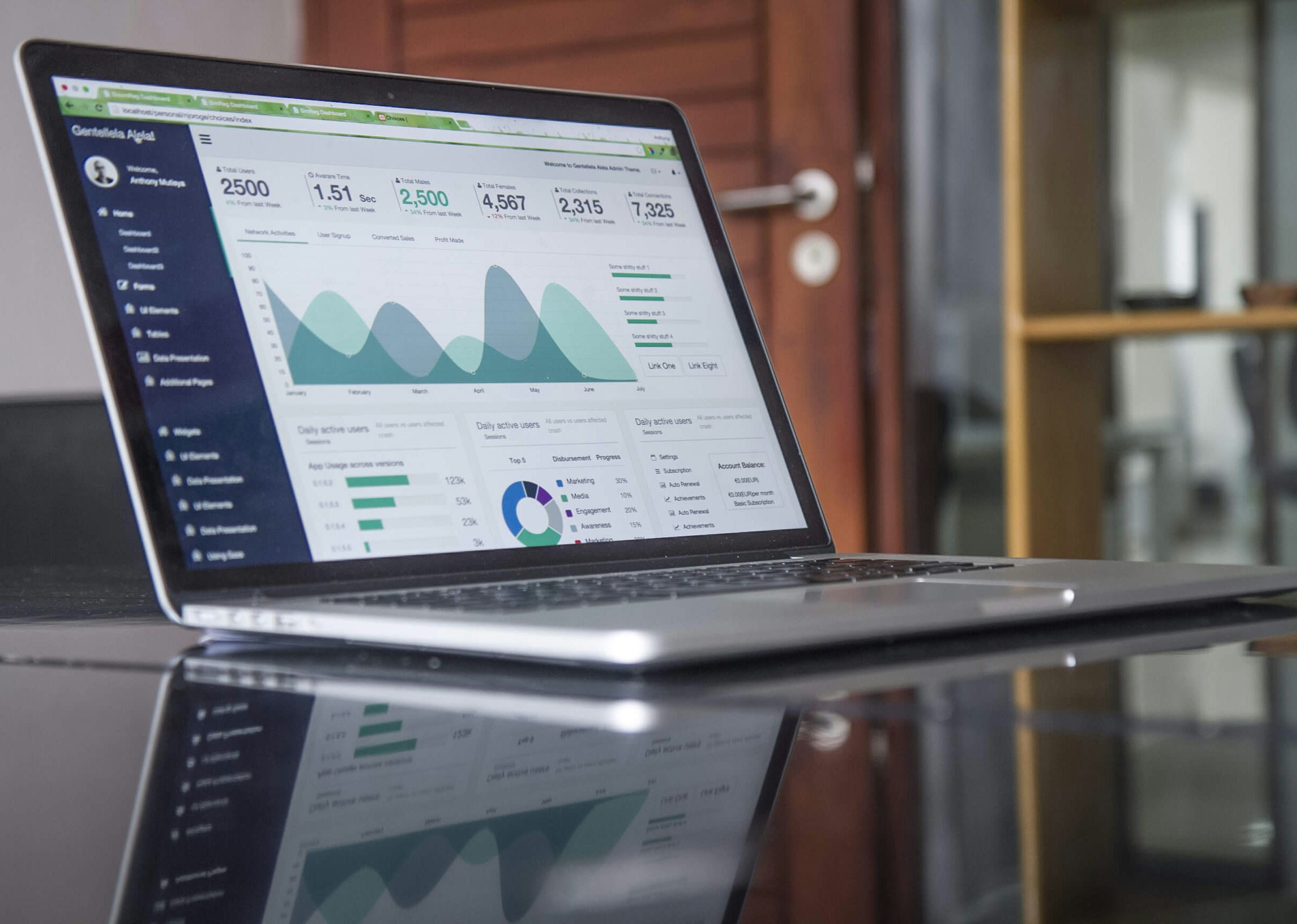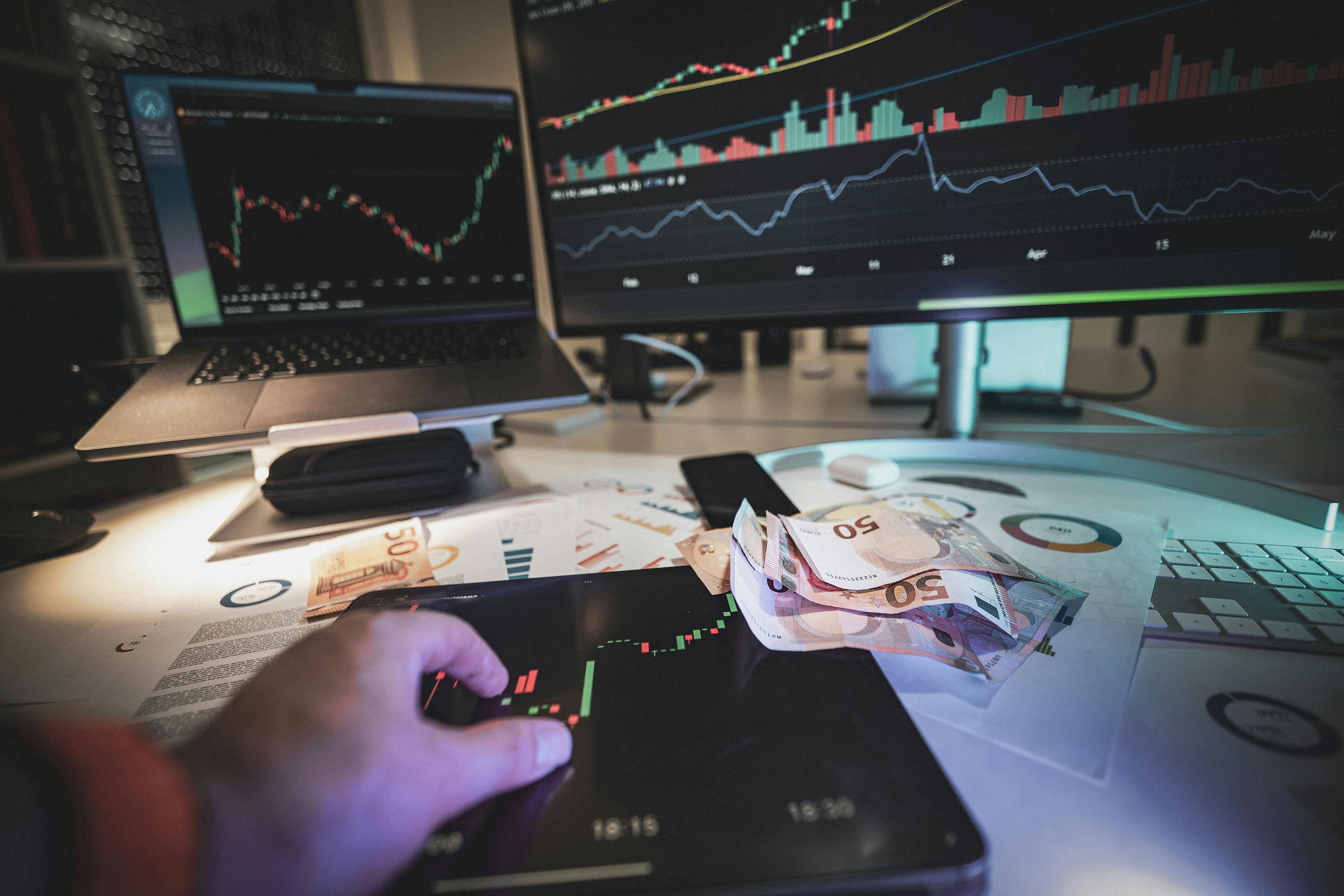
When you are in the thick of building a business, it is easy to become hyper-focused on sales or the next funding round. But if there is one thing that will quietly make or break your long-term success, it is your employees.
Employee satisfaction is a critical factor of business success. Engaged employees are more creative, productive, and invested in taking your company to new heights. These valued workers are more likely to go the extra mile, which, in turn, makes your customers happy. A positive work environment also reduces employee turnover, which can save you recruiting and training costs.
Unfortunately, small businesses and startups often cannot afford a dedicated human resources (HR) person to focus on employee relations. So, how do you cultivate a thriving workforce without an HR team to help you?
Use Software to Automate Admin
Administrative tasks can easily become overwhelming, especially when you already have a hundred other things fighting for your attention. That is why one of the best things you can do for your business—and your mental health—is to adopt a simple, affordable online HR system.
These robust systems can help you take care of the entire employee lifecycle, from onboarding to salaries to performance management. You can use them to digitally sign employee contracts, track work hours, streamline payroll, and manage vacation requests.
This is an efficient way to eliminate manual paper-based tasks and respond to your employee needs promptly. You also do not have to worry about misplacing important documents as everything is securely stored in the cloud, ready for you to access at any time.
Create Clear Job Roles
In order for your business to grow successfully, every person on your team should have a solid idea of their roles and responsibilities. That means clearly written job descriptions, defined goals, and regular check-ins. This helps your team members to prioritize tasks and manage their time effectively.
While it is tempting to keep things casual, especially in a small team where everyone wears many hats, having an ambiguous job scope could actually be more frustrating for your employees. It can also lead to friction between team members as well as wasted time and effort when members end up duplicating work.
Start by writing down what each person is responsible for, who they report to, and what success in their role would look like. Then, review these job descriptions with your team to ensure that everyone is on the same page. Having clear job roles will also help you review the performance of your employees fairly and effectively.
Build an Onboarding System
As your business grows, you will hopefully be hiring new team members. That said, when someone joins your team, you should not just throw them into the deep end and hope they figure things out. Build a structured onboarding process to help new hires become productive and engaged employees from the start.
Set up a simple checklist for new employees: what tools they need access to, who they should meet, what to read on day one, what their first month should look like, and who they can approach with questions or concerns. Consider assigning them a buddy who can guide them through their first few weeks.
Handle Culture and Conflict with Care
Company culture is more influential than you think. In the absence of HR, your actions as the head of the company shape the kind of workplace you offer. If you do not invest time in nurturing your company culture, it may become toxic, which is one of the most common reasons why people quit their jobs.
As much as everyone would like to avoid conflict, it is inevitable in any workplace. Having no HR department means that you do not have somebody to “step in” when tensions rise. As the founder or manager, you must be ready to facilitate difficult conversations and mediate conflict between team members.
The key? Do not ignore problems and hope that they will resolve themselves. Instead, be direct but respectful. Foster open communication and listen to both sides of the story without jumping to conclusions. Then, look for solutions that benefit all parties and can help the team move forward.
Stay Compliant With Labor Laws
Just because you do not have an HR department does not mean that you are exempt from employment laws. As a business owner, you are still responsible for complying with national labor standards, from employee contracts and overtime rules to benefits and termination processes.
Take time to understand the basics of employment law in your country or state. Many government websites offer guides for small businesses, and a good HR platform or accounting software will include integrated functionalities designed to help you adhere to the relevant regulations.
Conclusion
Eventually, your company will reach a point where people management becomes too complex to juggle on your own, even with a robust online HR system. That is when it would be time to consider bringing in a part-time HR consultant or even your first in-house HR hire to take things to the next level.
In the meantime, running a startup or small business without HR is entirely doable with the right mindset and tools. As the founder or manager, be proactive in creating a supportive and empowering work environment, and your team and your business will thrive.





